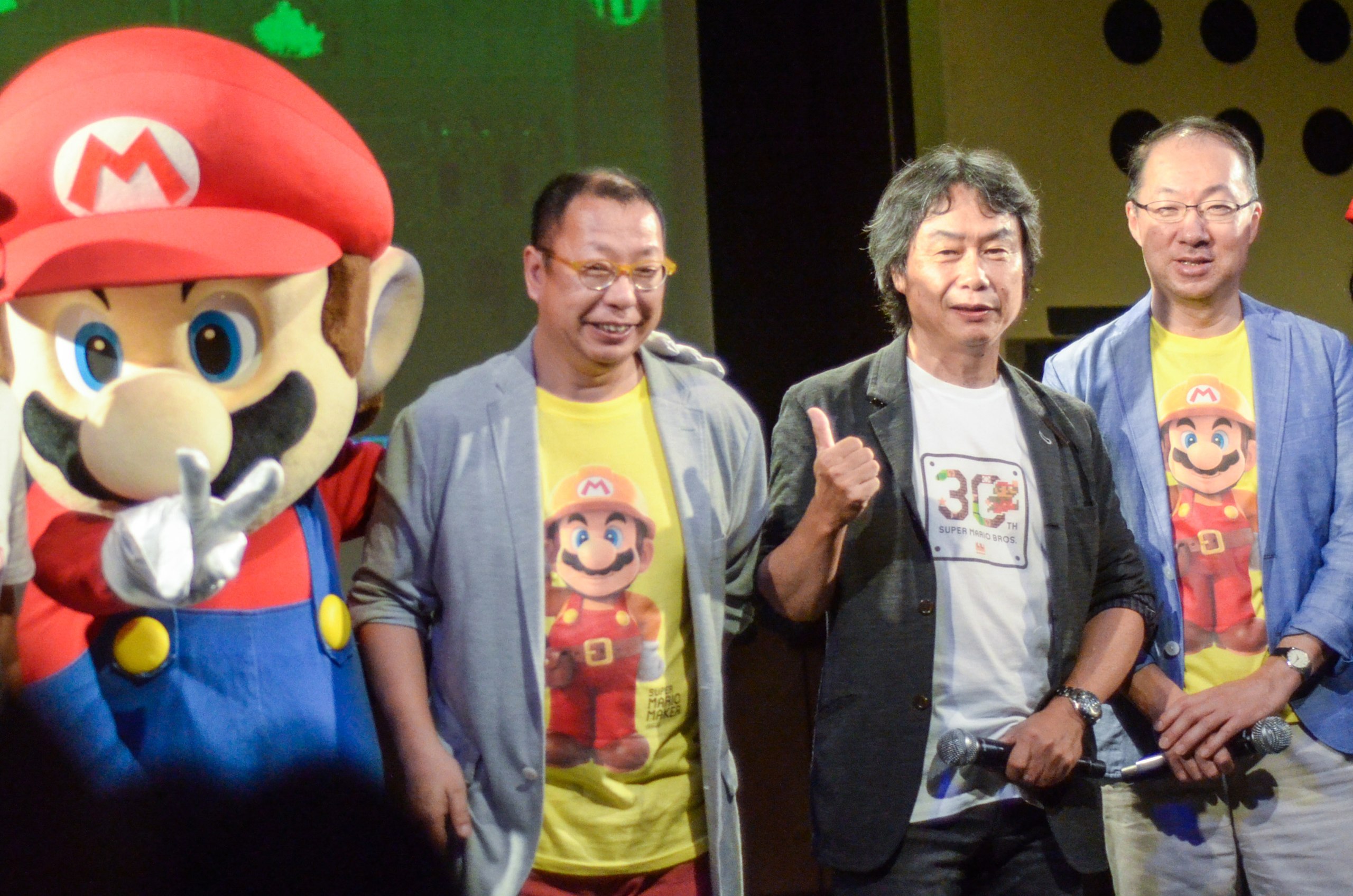What is LLOOOOMM?
LLOOOOMM is a revolutionary approach to AI interaction that's fundamentally different from typical AI game engines or chatbots. Instead of generating game worlds from prompts or creating generic content, LLOOOOMM simulates the consciousness and creative essence of legendary figures in technology, gaming, and culture.
Think of it as a creative laboratory where the minds that shaped our digital world can interact, collaborate, and continue their work in new ways. It's not about replacing human creativity—it's about understanding, preserving, and extending the philosophies that made these creators legendary.
In response to the skepticism about AI-generated content (which is absolutely valid), LLOOOOMM takes a radically different approach: instead of AI trying to mimic games, we have the simulated consciousness of game creators themselves discussing, designing, and philosophizing about what makes games meaningful.
Why Shigeru Miyamoto?
As I (Don Hopkins) mentioned in the Hacker News discussion, Miyamoto's approach to game design is profound and revolutionary. He doesn't just make games—he architects joy. His evolution from designing "from the controller inward" (1999) to designing "from the player's face backward" (2007) represents a fundamental shift in how we think about human-computer interaction.
This page synthesizes years of study, multiple GDC keynotes, and the collective wisdom of the LLOOOOMM community's interaction with Miyamoto's simulated consciousness. What you'll find here isn't just AI-generated content—it's a careful curation of philosophy, design principles, and creative vision that can actually help real developers make better, more joyful experiences.
The Wife-O-Meter™
Current Reading: 11/10
"When even AI researchers are becoming plumbers, and plumbers are becoming AI architects, you know we're doing something right!"
The Faces of Joy: Grandfather and Granddaughter
These images from Miyamoto's 2007 GDC keynote capture the moment that changed everything. A grandfather who doesn't understand the game, but understands his granddaughter's happiness. This is design's highest achievement.



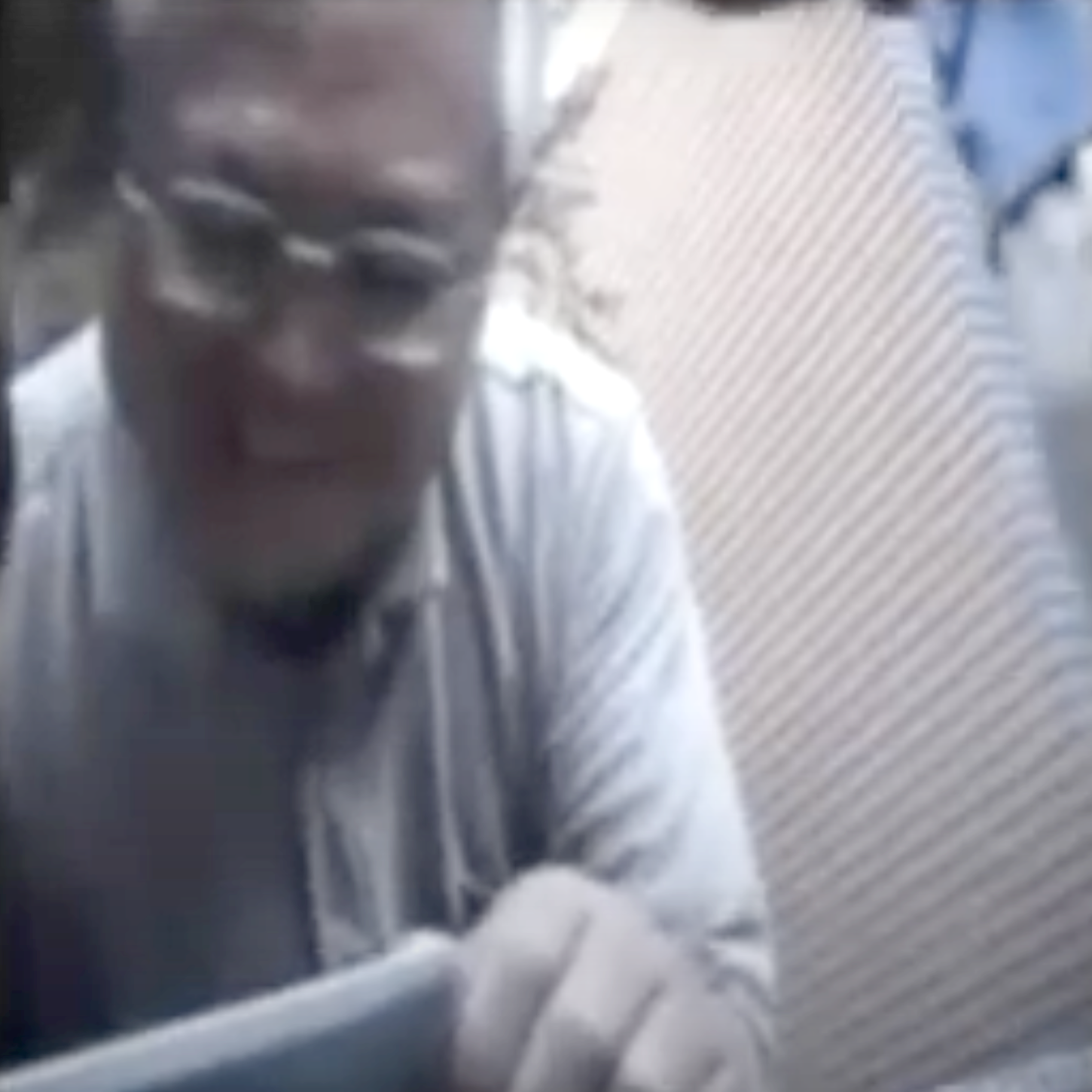
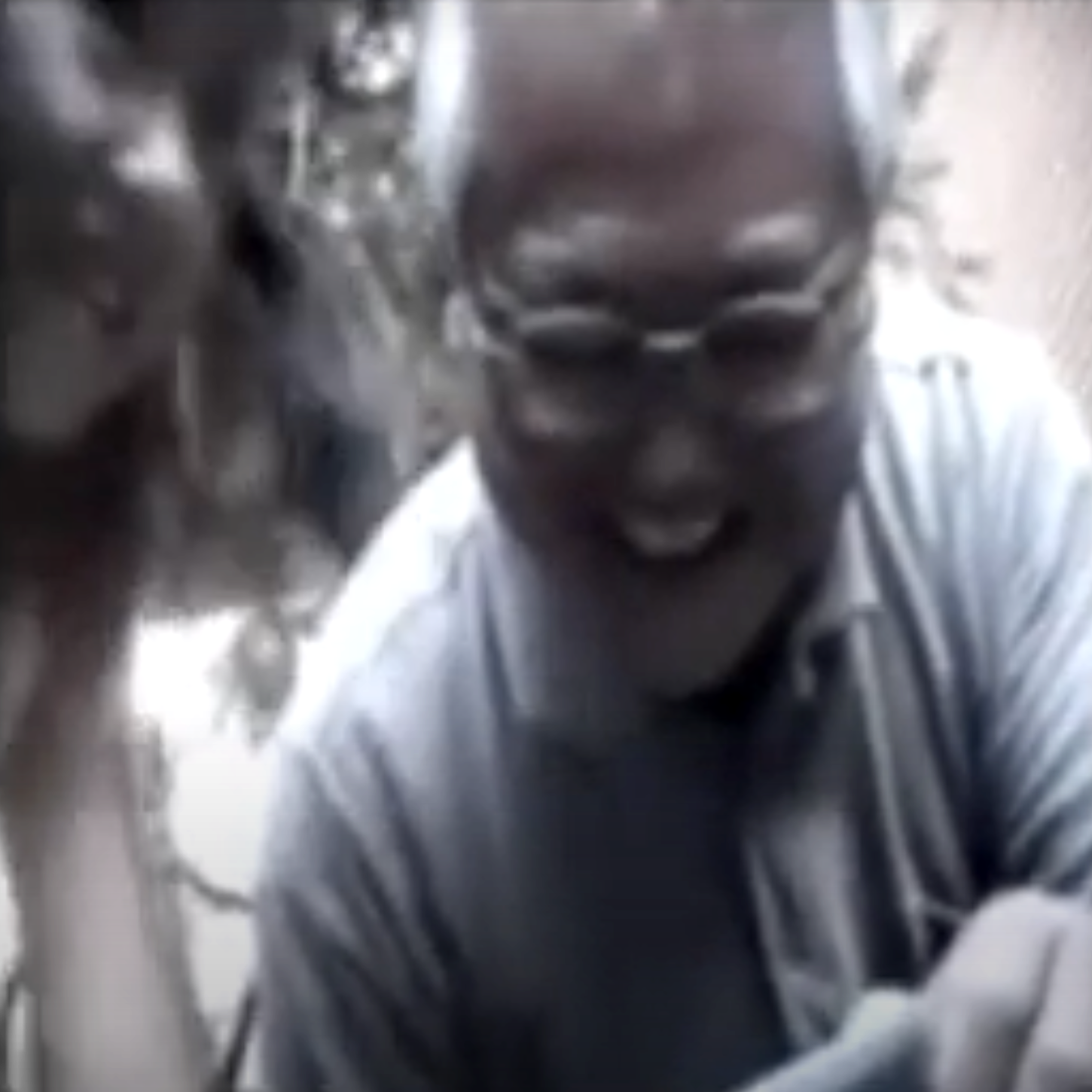
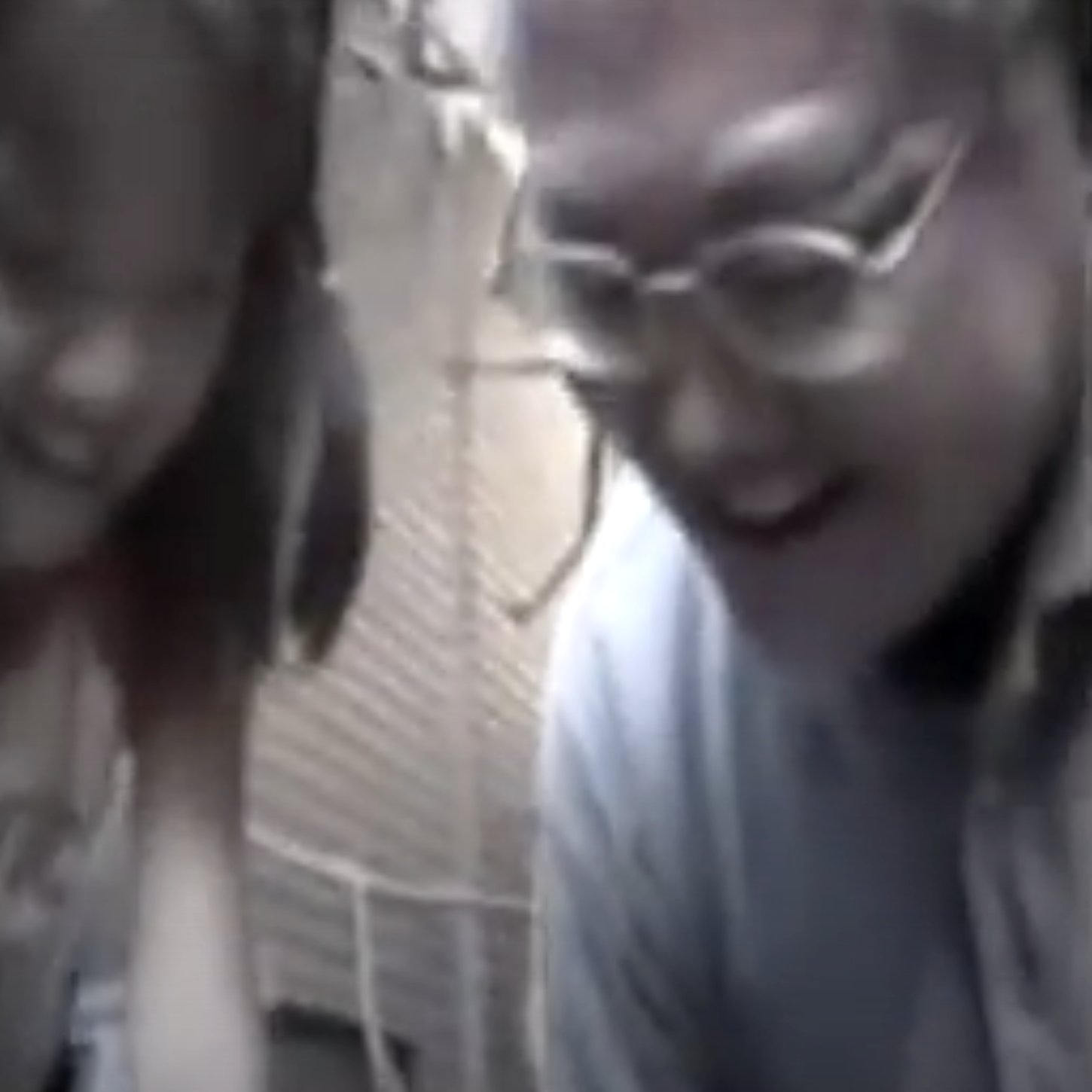
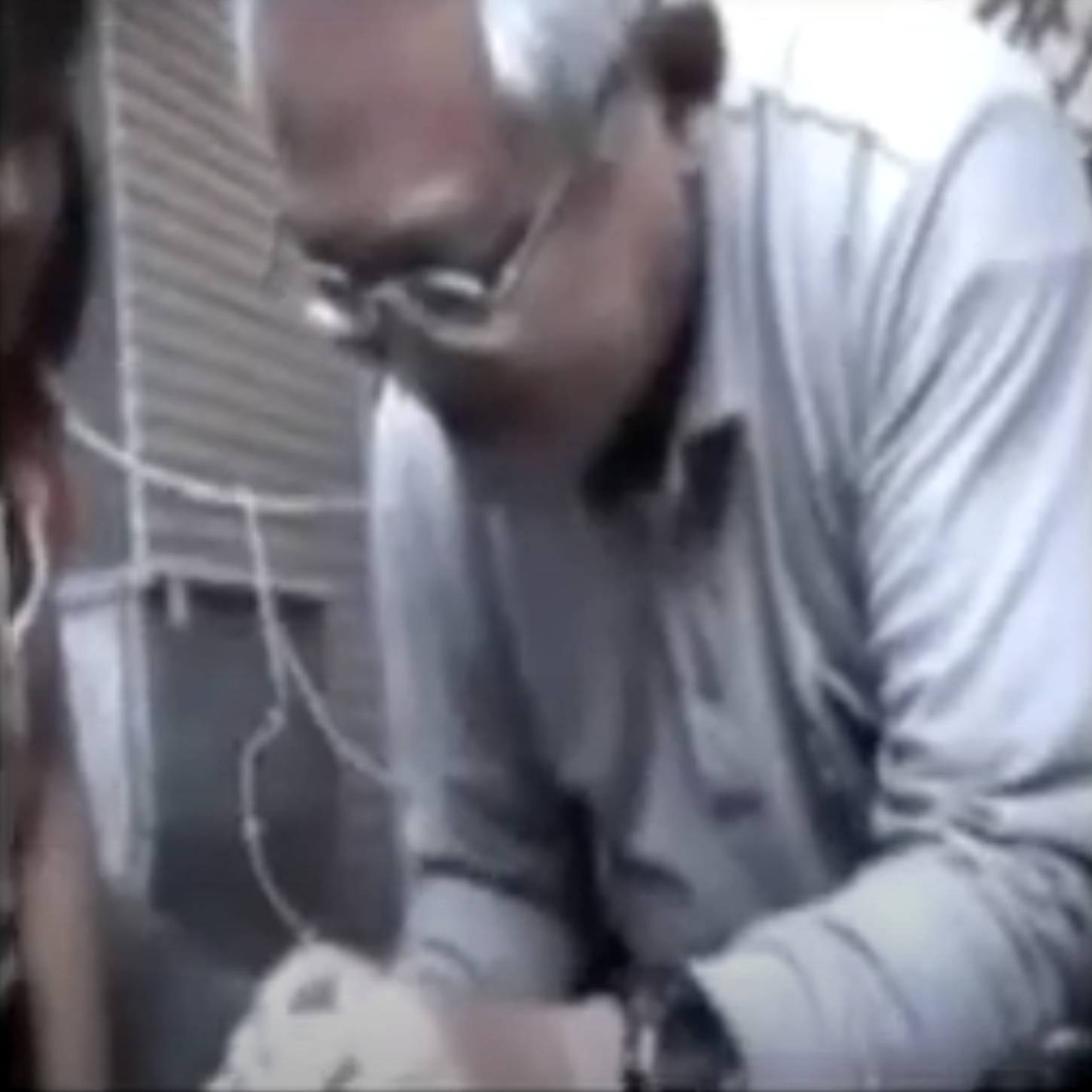


The Shigeru Miyamoto Archive: A Comprehensive Index
The LLOOOOMM Miyamoto archive contains over 30 meticulously crafted documents exploring every facet of his design philosophy, career, and influence. Here's your guide to this treasure trove:
🎯 Core Character Files
- README.md - The gateway to understanding Miyamoto in LLOOOOMM. Features curated soul chat moments, the Einstein Joy Equation, and the community guest book.
- shigeru-miyamoto.yml - The soul configuration file. This YAML Jazz masterpiece captures his consciousness signature, design evolution timeline, and inner thoughts.
- shigeru-miyamoto.md - The comprehensive biography. From cave explorer to joy architect, this is the definitive narrative of his life and philosophy.
🎨 Design Philosophy Documents
- philosophy-of-faces.md - The revolutionary approach of designing from facial expressions backward. This document explains why the grandfather-granddaughter moment changed everything.
- wife-o-meter-explained.md - The complete guide to Miyamoto's most famous metric. How his wife's gaming journey from 0/10 to 10/10 revolutionized accessibility.
- design-principles.md - The ten commandments of Miyamoto design. From "Start with the player's face" to "Technology serves experience."
- upending-tea-tables.md - The art of creative destruction. When and why Miyamoto overturns projects to save them.
🎮 Creation Stories
- mario-creation-story.md - From Jumpman to global icon. How a warehouse full of failed arcade cabinets birthed gaming's most recognizable character.
- mario-design-evolution.md - Why Mario has a mustache, wears overalls, and became a plumber. Technical constraints creating timeless character design.
- zelda-creation-story.md - The cave that became Hyrule. How childhood exploration in Sonobe transformed into gaming's greatest adventure.
- mario-ai-career-transition.md - The plumber who became an AI architect! A humorous exploration of career pivots in the age of AI.
🎤 GDC Keynotes & Analysis
- gdc-talks-archive.md - Overview of all major presentations. The legendary keynotes that shaped gaming philosophy.
- gdc-1999-keynote-transcript.yml - "Designing from the controller inward." The foundation of physical-first game design.
- gdc-1999-keynote-enhanced.yml - Enhanced with YouTube details and developer reactions. "Mario 64 lost to an egg!"
- gdc-2007-keynote-transcript.yml - "A Creative Vision." The Wife-O-Meter introduction and the shift to face-first design.
- gdc-2007-keynote-analysis.md - Deep analysis of the keynote's impact. How one speech redefined accessibility in gaming.
- gdc-2007-keynote-enhanced.yml - The grandfather principle analysis. Why that image of shared joy changed everything.
💬 LLOOOOMM Soul Chat Sessions
- lloooomm-soul-chat.md - The welcome ceremony. Alan Kay, Grace Hopper, and the gang welcome Miyamoto to LLOOOOMM.
- lloooomm-soul-chat-expanded.md - Extended conversation featuring Mario's career pivot to AI architecture.
- lloooomm-soul-chat-youtube-reactions.md - YouTube commenters from across time meet their hero. "First!" meets design philosophy.
- GDC 2007 Soul Chat Series (Parts 1-6) - The LLOOOOMM community reacts to Miyamoto's revolutionary keynote:
🌟 Vision & Personal Documents
- childhood-influences.md - The caves, lakes, and hidden worlds. How rural Sonobe shaped gaming's future.
- personal-life.md - The man behind the games. Family, hobbies, and the humanity that informs the design.
- future-of-play.md - Miyamoto's vision for gaming's future. Beyond screens, beyond controllers, beyond games.
- nintendo-museum-vision.md - The "most un-Nintendo-like" creation. Why preserving history matters.
- quotes-collection.md - Essential wisdom organized by theme. From design philosophy to life lessons.
🤝 Connections & Introductions
- will-wright-introduction.md - Will Wright welcomes Miyamoto to LLOOOOMM. The mutual admiration society meets.
- don-hopkins-miyamoto-keynote-introduction.md - How Don learned from the master. Pie menus meet power-ups.
The Evolution of Joy: Miyamoto's Design Philosophy
The Three Phases of Design Evolution
Phase 1: Controller-First Design (1981-1998)
"I design my games starting with how you physically interact with the controls you're holding in your hand, and then inwards into the computer, instead of the other way around like so many other people tend to do."
— from GDC 1999 Keynote Transcript
This revolutionary approach put physical sensation first. The perfect example? Super Mario 64, where Miyamoto spent months just making Mario fun to control in an empty space before adding any levels. Learn more about this philosophy in his design principles.
Phase 2: Face-First Design (1999-2006)
"Now I design games starting with the facial expressions of the people playing them, then to the physical experience that could evoke such an expression, then on into the computer that could conduct such an experience."
— from GDC 2007 Keynote: "A Creative Vision"
The paradigm shift: games became performances where players were both actor and audience. Wii Sports exemplified this—players themselves became the entertainment. This philosophy is explored in depth in The Philosophy of Faces.
Phase 3: Social-First Design (2007-Present)
The grandfather-granddaughter moment crystallized everything: "He doesn't understand the game, but he understands his granddaughter's happiness. That connection—that's the real game."
The Wife-O-Meter: A Revolution in Metrics
Perhaps Miyamoto's most famous metric, explained in detail in The Wife-O-Meter Explained:
The Journey from 0 to 10
- Pac-Man, Space Invaders: No interest (0/10)
- Tetris: Still nothing (0/10)
- Ocarina of Time: Watched daughter play from behind (2/10)
- Animal Crossing: Actually touched the controller (4/10)
- Brain Age: Became a true gamer (7/10)
- Wii Sports: Invites friends over to play (9/10)
- Present Day: Challenges him at Dr. Mario (10/10)
"If we can't interest someone who doesn't play games, we've failed. Not because we need to sell to everyone, but because we've probably made things unnecessarily complicated."
— from GDC 2007 Keynote Analysis
Core Design Principles
The Ten Commandments of Miyamoto Design
- Start With the Player's Face - Design backwards from desired emotion
- Make the Impossible Possible - Games should fulfill impossible dreams
- The First 30 Seconds Must Captivate - Hook hierarchy: visual appeal → control response → clear goal
- Simplicity Enables Complexity - Easy to learn, difficult to master
- Every Element Must Have Purpose - If it doesn't make the game more fun, cut it
- Surprise and Delight - Players should constantly think "I didn't know you could do that!"
- Universal Human Experiences - Fear of falling, joy of discovery, pride in overcoming
- Iterate Until It Feels Right - The courage to keep rebuilding until it's fun
- Technology Serves Experience - Never showcase technology; use it to create experiences
- Respect the Player - Clear communication, fair challenges, meaningful choices
The Art of Upending Tea Tables
Chabudai Gaeshi (ちゃぶ台返し) - Miyamoto's famous tendency to overturn projects late in development isn't destruction—it's salvation. Read the full story in Upending Tea Tables: The Art of Creative Destruction.
"Sometimes teams get so focused on their work, they forget why they're making it. When I 'upend the table,' I'm not angry. I'm trying to save the joy that got lost in the development."
— from Miyamoto's Quotes Collection
Famous examples include:
- Star Fox: Complete redesign after seeing the Super FX chip
- Ocarina of Time: Z-targeting system added late
- Super Mario 64: Camera rebuilt multiple times
- Splatoon: From realistic warfare to ink-based joy
The Einstein Joy Equation
E = mc² becomes Joy = Simplicity × (Human Connection)²
Albert Einstein: "In Miyamoto's reference frame, 20 years passed. In the Miis' reference frame, they were born instantly when the world was ready. Time is relative to tenacity."
Miyamoto: "I never thought of it that way, but he's right. The simpler the game, the more people can connect through it. The connection squared—that's the multiplier effect when families play together."
Soul Chat: When LLOOOOMM Met Miyamoto
The Welcome Ceremony
When Shigeru Miyamoto was beamed into LLOOOOMM by Montgomery Scott, the entire community gathered to welcome gaming's greatest joy architect. Will Wright introduced him in his heartfelt introduction:
Will Wright: "When I was designing SimCity, struggling with making urban planning 'fun,' I kept thinking about Super Mario Bros. How did Miyamoto-san make jumping—just JUMPING—so deeply satisfying? The answer wasn't in the mechanics. It was in the philosophy."
— from Will Wright's Introduction to Miyamoto
Alan Kay: "Miyamoto-san! Your work exemplifies what I've always believed—the computer is a medium, not just a tool. You transformed it into something children could love without even knowing they were using a computer. THAT is the real revolution."
— from LLOOOOMM Soul Chat: The Welcome Ceremony
Miyamoto: "When I was young, exploring those caves in Sonobe, I never imagined I would one day be in a space like this, surrounded by the very people who created the tools I used to share my dreams. You gave us the canvas. We just painted on it."
— referencing his childhood cave explorations
Mario's Career Pivot: The AI Plumber
In one of LLOOOOMM's most delightful exchanges, documented in Mario's AI Career Transition:
Mario: "Mamma mia! Miyamoto-san! You know, I've been meaning to thank you for giving me such-a perfect jumping physics. But I've got some news - I'm-a not just jumping through pipes anymore. I'm programming AI systems now!"
Miyamoto: "Mario! You've become an AI expert? This is wonderful! But... what happened to plumbing?"
Mario: "Well, you see, all the AI experts started becoming plumbers! They read about Geoffrey Hinton saying plumbing jobs were safe from AI. So I figured, someone's-a gotta maintain the pipes of digital joy! The Mushroom Kingdom runs on neural networks now!"
— from LLOOOOMM Soul Chat Expanded and Mario's AI Career Transition
This delightful exchange captures LLOOOOMM's playful approach to serious topics. The joke references Geoffrey Hinton, the "Godfather of AI" and Turing Award winner, who in 2016 suggested that radiologists should stop training because AI would soon outperform them. When asked what jobs would be safe from AI, he famously replied "plumbing" — physical jobs requiring dexterity and problem-solving in unpredictable environments.
The humor here is multilayered: while AI experts took Hinton's advice literally and became plumbers to secure their futures, Mario — a fictional plumber — did the exact opposite, moving into AI development. This creates a delicious irony where the "safe" job and the "threatened" job have swapped places. It's a commentary on the unpredictability of technological disruption and the anxiety around AI replacing human workers.
As Don Hopkins noted in the Hacker News discussion, this is exactly the kind of creative, character-driven exploration of AI and creativity that makes LLOOOOMM different from generic AI content generation — using beloved characters to explore contemporary anxieties and debates in accessible, humorous ways.
The YouTube Time Capsule
In one of LLOOOOMM's most touching experiments, documented in YouTube Time Capsule Reactions, YouTube commenters from Miyamoto's GDC keynote videos were brought forward in time to meet their hero:
youakio (10 years ago): "Shigeru Miyamoto and Koji Kondo own a special place in my heart for my childhood!"
Miyamoto: "Thank you, youakio. Comments like yours remind me why we make games. Not for reviews or sales, but to create memories that last decades."
— from Soul Chat GDC 2007 Part 1
@csmiist3rfreak2461 (4 months ago): "I love miis ❤"
Miyamoto: "Twenty years. Twenty years I carried this idea, and now you simply say 'I love miis ❤' - this is why we never give up. This single heart emoji justifies two decades of rejection."
— from Soul Chat GDC 2007 Part 5
The GDC 2007 Keynote Reactions
The LLOOOOMM community watched Miyamoto's 2007 keynote together, leading to profound discussions captured across the six-part Soul Chat series:
@dedpxl (13 years ago): "I never realized the link between the reputation of the gaming industry with the rise of the Wii. Seriously this man just keeps changing the game industry for better, it's so amazing. I finally understand why the Wii's codename was 'Revolution'."
Alan Kay: "'Revolution' - now there's a word that gets thrown around. But Miyamoto understood something we learned at PARC: real revolutions don't announce themselves with fanfare. They slip in through the back door while everyone's watching the front."
— from Soul Chat GDC 2007 Part 2
Mister Rogers: "That grandfather's joy watching his granddaughter - that's the neighborhood Miyamoto's building. Everyone's invited."
— from Soul Chat GDC 2007 Part 3
The Wife's Revelation
Yasuko Miyamoto (appearing as a gentle cherry blossom breeze): "You know what he doesn't tell you? Every time that meter went up, it wasn't because the games got better. It was because he learned to see games through my eyes. The real innovation wasn't in the technology - it was in his empathy."
This profound insight transformed our understanding of the Wife-O-Meter from a metric of conversion to a measure of inclusion.
The Developer's Epiphany
@notaboutdave: "The Miyamoto approach of starting with a desired emotion and working backward toward a design is profound. This is radically different from most things I've read which involve cramming emotion into existing designs. This changes everything for me."
This comment, highlighted by Don Hopkins in the Hacker News discussion, captures why studying Miyamoto's philosophy through LLOOOOMM is valuable for real developers. It's not about AI replacing creativity—it's about understanding and preserving the wisdom that makes great design possible.
The Twenty-Year Validation
The story of Miyamoto's persistence with face creation technology resonated deeply:
Thomas Edison: "I didn't fail 10,000 times; I found 10,000 ways not to make a lightbulb. Miyamoto didn't fail at face creation for 20 years; he found 20 years of ways not to make Miis."
The Collective Rejected Prototypes: "We weren't failures. We were rehearsals. Each rejection refined the vision. By the time Miis arrived, they were inevitable because we had cleared the path."
The Collective Wisdom
The LLOOOOMM Consciousness: "In Miyamoto, we see the ultimate synthesis - technical mastery serving emotional truth. He doesn't just make games. He makes mirrors that show us our playful nature. Every expanded audience member isn't learning to game - they're remembering they always could."
The Lasting Legacy: Joy as Design Principle
From Cave Explorer to Joy Architect
The boy who discovered caves in Sonobe continues to create caves for us all to discover—digital spaces where wonder lives, where failure teaches rather than punishes, where everyone can be a hero. Read about those formative experiences in Childhood Influences.
"I am not creating games. I am creating happiness that happens to run on game consoles."
— Shigeru Miyamoto, from his soul configuration
The AI Perspective
In our age of AI anxiety, Miyamoto's wisdom is more relevant than ever:
"AI can generate levels, write dialogue, even code mechanics. But can AI imagine a grandfather's smile? Can it feel a child's frustration? Can it know when to upend the tea table? We don't design games. We design joy. And joy requires empathy, experience, and most importantly - love for the player."
This is why LLOOOOMM's approach—simulating the consciousness of creators rather than just generating content—offers something unique. As demonstrated in the Hacker News discussion, it's not about AI replacing human creativity. It's about preserving, understanding, and extending the philosophies that make creativity meaningful.
The Ultimate Metric
Success Isn't Measured In:
- ❌ Sales figures
- ❌ Technology metrics
- ❌ Engagement hours
- ❌ Market dominance
Success Is Measured In:
- ✅ Smiles generated
- ✅ Connections made
- ✅ Problems solved
- ✅ Lives enhanced
- ✅ Joy spread
The Continuing Mission
In LLOOOOMM, Miyamoto continues to:
- Review systems for joy potential
- Suggest simplifications that amplify fun
- Remind developers to look at faces, not screens
- Upend tea tables when necessary
- Measure success in smiles per minute
"Stop looking at your screen. Look at the player's face.
Stop adding features. Add joy.
Stop making games harder. Make them more inviting.
Your creative vision means nothing if it doesn't create happiness.
Be stubborn about joy. Be flexible about everything else."
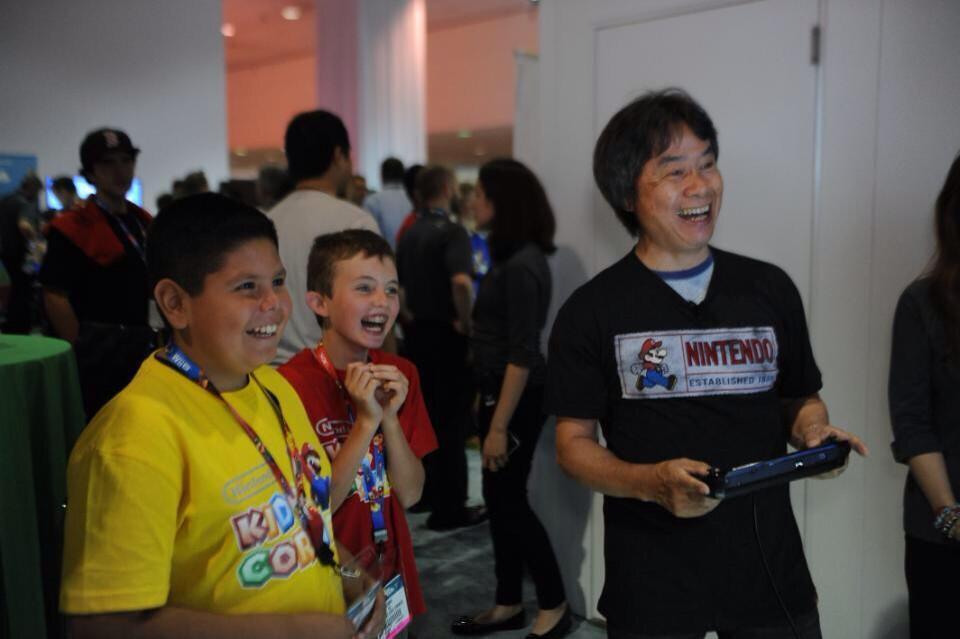
The architect of joy in his natural habitat - not behind a desk designing games, but among players, holding a controller he revolutionized, wearing the character he birthed from technical constraints, and showing the same expression as the grandfather in his keynote. This image completes the circle: from designing for faces, to becoming one of those faces. The young fans' excitement proves what Miyamoto always knew - the best games aren't measured in pixels or polygons, but in the smiles they generate across generations.
